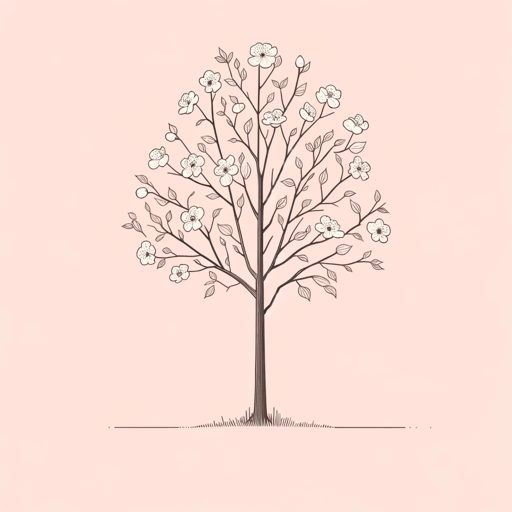28 pages • 56 minutes read
Katherine MansfieldThe Doll's House
Fiction | Short Story | Adult | Published in 1922A modern alternative to SparkNotes and CliffsNotes, SuperSummary offers high-quality Study Guides with detailed chapter summaries and analysis of major themes, characters, and more.
Themes
Female Friendship and Child Agency
“The Doll’s House” may be considered a bildungsroman (a coming-of-age tale) in that it focuses on a crucial moment of development and discovery. This interpretation centers Kezia as the primary protagonist of the narrative. Within the text, girls “try on” different identities, and these identities are supported or denied by the girls around them.
Kezia’s journey of exploring female friendship and reclaiming her own agency requires her to critically examine her relationship with her sisters and the privilege that being a Burnell entails. Unlike Isabel and Lottie, she feels sympathy for the Kelvey sisters; unlike her peers, she makes an effort to be kind to them. However, Kezia only demonstrates friendship when she thinks no one can see her; she is not yet confident enough in her belief that the Kelveys deserve kindness to take a stand or extend an olive branch in front of anyone else. If “The Doll’s House” is read as a coming-of-age tale, then it is one in which Kezia does not fully mature, since her attempt to break free of social convention is stymied by Aunt Beryl and, we can assume, only leads to further punishment by Mrs.
Related Titles
By Katherine Mansfield







